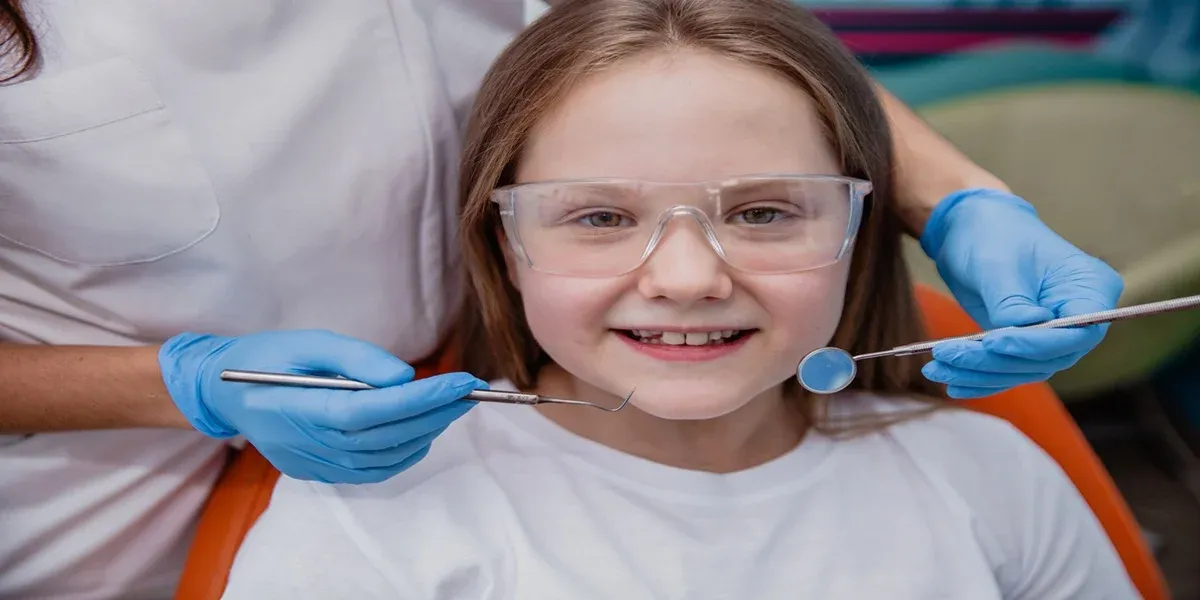
What are Pediatric Dental Pulp Complications?
If your child is diagnosed with a pulp infection, you as a parent might begin to worry. However, modern dental treatments can help resolve the issue using present-day technologies. Modern procedures can remove infected tissue inside the tooth and clear up the infection. Resultantly, your child can get rid of stubborn toothache that might otherwise disrupt his school performance. This article teaches about pediatric dental pulp complications and therapeutic options to educate your child in advance.

Tooth decay is a common infectious disease amongst children of all ages. According to estimations, 28% of children between 2-5 years have cavities in their teeth. When you don’t treat tooth decay, it leads to painful pulp exposure or inflammation, and there is a need for pulp therapy to restore the child’s tooth.
What Is Pediatric Dental Pulp, and How Does It Get Damaged?
The dental pulp is a connective tissue mass beneath the dentin layer. It resides beneath the tooth’s center and is responsible for providing vitality to the tooth. Pulp loss doesn’t mean there would be tooth loss. But instead, the tooth can still function but will lose the protective mechanism that adds strength to the tooth.
When there is damage to a child’s tooth by decay or traumatic injury, the dental pulp inflames and causes pain. The untreated dental pulp can lead to a dental abscess which builds up pus inside the tooth. The dental abscess needs immediate treatment before spreading to other body parts. Sometimes, a root canal can save a tooth. In other cases, there is no option but to pull the teeth.
Signs Of Damage to Dental Pulp:

It is important to note signs of damaged pulp to save your child from further problems. The common signs and symptoms of pulp damage are:
- Unexplainable and consistent pain in the tooth.
- Difficulty in falling asleep and discomfort during the night.
- Tooth sensitivity.
- Swollen gum tissue.
- Tooth loosening.
How To Treat Pediatric Dental Pulp Complications?
Pulp therapy helps treat pediatric dental pulp complications. Pulp therapy is a dental procedure to prevent tooth loss. The primary goal of this therapy is to maintain health and restore the affected tooth so it can function correctly. This therapy also aims to keep the root in place to develop appropriately.
There are two common pulp therapy types: pulpotomy and pulpectomy. The former is suitable when the root of the pulp is healthy, but there is some damage to its tip. A biocompatible material replaces the infected pulp to prevent bacterial growth.
The latter therapy is suitable when damage is to the whole dental pulp and the entire pulp needs removal. This process is similar to root canal therapy, but the nerves are left intact, unlike the traditional procedure. Afterward, a dental crown is placed to provide strength to the tooth.
The Final Word:
Prevention is always better than cure; however, if your child suffers from pulp infection, there is nothing to worry about. Visit your dentist right away to get his treatment on time. Also, encourage effective techniques like daily flossing and brushing the teeth to prevent tooth decay or loss.
Contact your Stockton pediatric dentist, Dr. Sajjad Rizvi, at Happy Kids Dental today for more information on Pediatric Dental Pulp Complications.
Resource:
Pediatric Dentistry For Adolescents
This media/content or any other on this website does not prescribe, recommend, or prevent any treatment or procedure. Therefore, we highly recommend that you get the advice of a qualified dentist or other medical practitioners regarding your specific dental condition
Subscribe To Our Newsletter
Get Updates And Learn From The Best


